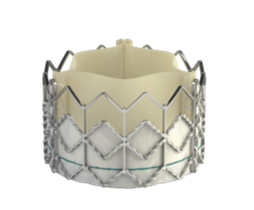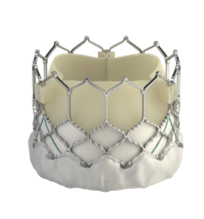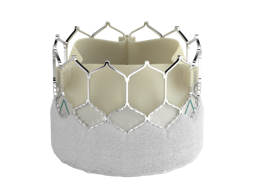 Baptist Health TAVR Care
Baptist Health TAVR Care
There is hope for heart valve patients in Central Alabama—and it begins at Baptist Health. Baptist Medical Center South is proud to introduce Sapien 3 Transcatheter Aortic Valve Replacement (TAVR) to the River Region.
TAVR is a less invasive treatment option for patients suffering from severe aortic stenosis, helping patients avoid open heart surgery. TAVR procedures last one hour on average as compared to four hours with open heart surgery.




Benefits of TAVR may include:
- Better clinical outcomes
- Less invasive with minimal scarring
- Shorter hospital stay
- Shorter recovery time to get back to everyday activities
- Less pain and anxiety
- Improved quality of life
- Relief of symptoms
Severe Aortic Stenosis and Treatment
In elderly patients, aortic stenosis is sometimes caused by the buildup of calcium (i.e., mineral deposits) on the aortic valve’s leaflets. Over time, the leaflets become stiff, which reduces their ability to fully open and close. When the leaflets don’t fully open, a person’s heart must work harder to push blood through the aortic valve to the rest of the body.
Approximately 2.5 million people in the US over the age of 75 suffer from this disease.
Severe aortic stenosis is life-threatening, and treatment is critical. After the onset of symptoms, patients with severe aortic stenosis have a survival rate as low as 50% at 2 years and 20% at 5 years without aortic valve replacement.
How Can TAVR Help?
The TAVR procedure with the SAPIEN 3 valve enables the placement of a balloon-expandable valve into the heart via a catheter-based approach. SAPIEN 3 TAVR is designed to replace a low surgical risk patient’s diseased native aortic valve or a high surgical risk patient’s failing surgical bioprosthetic tissue valve in need of replacement.
The SAPIEN valve platform has been helping to treat patients for more than a decade. Valve-in-valve procedures with the SAPIEN 3 valve have proven to increase a patient’s quality of life and avoid the risks of another open-heart procedure.